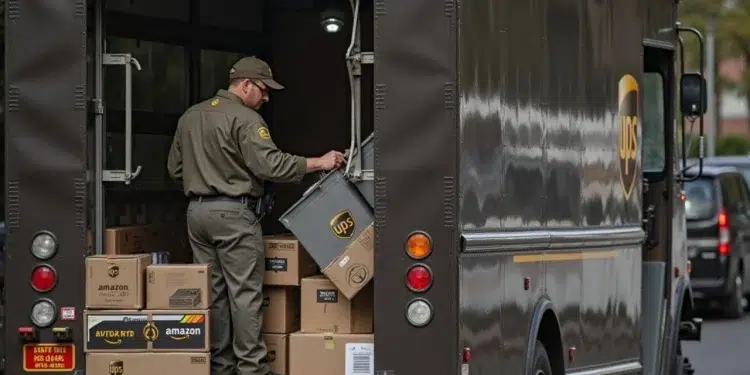Amazon’s extensive development of its logistics infrastructure, encompassing its own fleet of planes, trucks, and delivery personnel, has significantly reduced its delivery expenses and nearly doubled its earnings to $59 billion in 2024. This rapid expansion, however, has posed challenges for long-standing partners like UPS. As Amazon’s largest customer and a direct competitor, UPS has faced difficulties in raising shipping rates, prompting a strategic decision to reduce Amazon package deliveries by 50% by the latter half of 2026.
This shift allows UPS to concentrate on more lucrative sectors, notably healthcare logistics, with an ambitious goal to elevate this segment’s revenue to $20 billion by 2026. While this realignment may offset the decline in package volume through higher pricing, UPS continues to grapple with sluggish growth in its core delivery services. Complicating matters, the recent internalization of its SurePost service presents challenges in maintaining cost-effective deliveries to remote regions.
Concurrently, Amazon is broadening its logistics network to manage deliveries for third-party orders, intensifying competition for traditional logistics providers like UPS and FedEx. This evolving landscape underscores the necessity for established logistics companies to adapt and innovate in response to the dynamic e-commerce environment.























